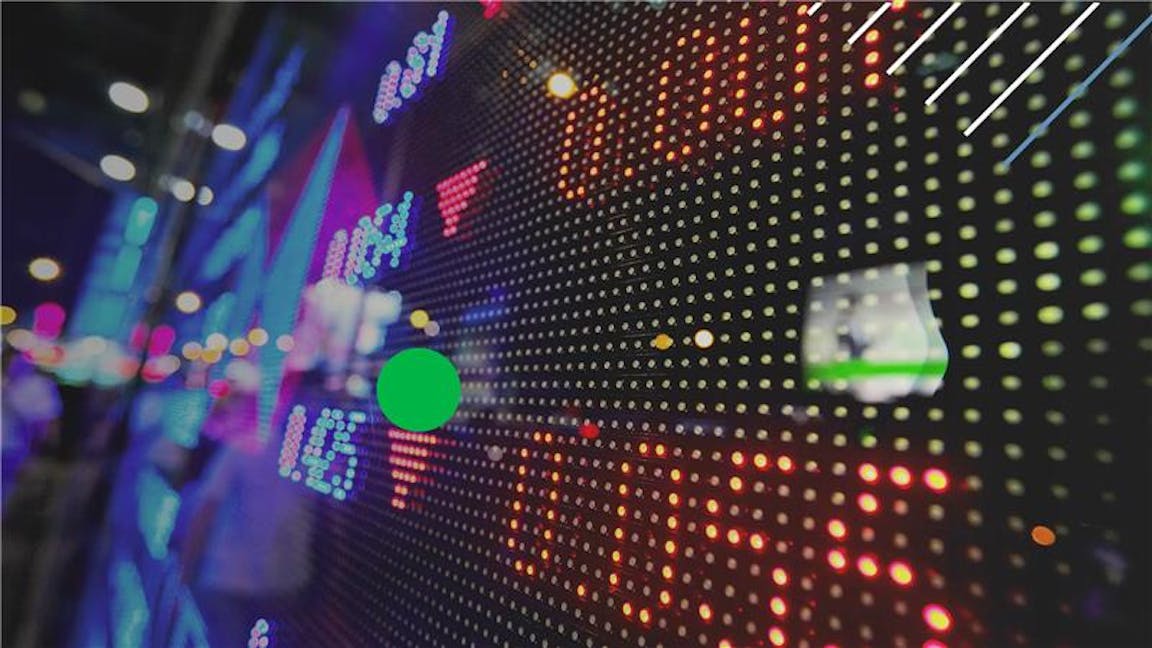
Investors are struggling to get on the same wavelength as the new Republican administration in the US, and it has rattled markets. Our Head of Portfolio Management breaks down what's happened and why.
At a glance:
- Financial markets have been more unsettled in recent weeks, with US equities at the centre of the volatility.
- Investors’ uncertainty has risen, as it remains unclear which of the Republican administration’s intentions will translate into action, and to what extent.
- Performance in UK and European equity markets has been more robust.
- The Nutmeg investment team will continue to monitor events, but retain a positive long-term view of US equities.
- Nutmeg portfolios are globally diversified – geographically and by asset class. This limits the impact of volatility in certain regions on overall portfolio performance.
What has happened in financial markets recently?
Financial markets have been more unstable over the last few weeks. Since the second half of February, there has been an increased level of volatility for many assets, namely equities, the US dollar, and oil.
US equities have been at the centre of the market turbulence, declining more than other markets. Investors have been trying to interpret comments by the new Republican administration, which has introduced the prospect of meaningful tariffs, but continues to adjust its stance. Tariffs have been announced by the Republican administration on a swathe of countries, but many have then been paused or delayed, creating uncertainty.
It is difficult to see how tariffs can bring substantial income to the US. Some investors are therefore questioning the long-term picture on US trade.
The US market looks comparatively expensive
US equities had an especially strong year in 2024, with the S&P 500 up 25.8%. This brought average annual gains over the last five years to 16.2%, to the end of December. Valuations have risen on an optimistic outlook for future earnings, making US equities look more ‘expensive’ than other regions. With prices being high, investor expectations are equally lofty, and vulnerable to any potential setbacks. This has made the US market more prone to volatility and short-term repricing when investors have started to worry about momentum in the US economy.
This has raised the question around how good the Republican administration will be for business. Investors have generally perceived the Republican administration to be positive overall for business, but recent events have created some concerns. A ‘period of transition’ was recently referenced, creating unease that some level of recession might be acceptable in pursuit of long-term targets.
The long-term view
We expected volatility this year
We flagged in our 2025 outlook that:
- we had some level of cautiousness,
- there was the potential for higher volatility with the new Republican administration,
- return expectations should be more modest this year.
This is what we are seeing.
Given our views, we reduced portfolios’ exposure to equities, though still kept a positive bias which is being challenged at the moment.
It seems a long time ago but let’s not forget that the S&P 500 and the Nasdaq both reached record levels on 19 February. The US can’t always outperform every month, every quarter. The long-term view remains largely positive, despite short-term bumps which are a reflection of a functioning market.
Earnings season was positive
The last quarter of 2024 was the best earnings quarter since 2021. US company earnings remain superior to other countries, and this is a big contributor to the market’s strong performance compared to other regions over the last 10 years.
It is premature to be predicting a recession in the US
The US economy is far from being in recession. The media is quick to push the hype around the possibility of recession on the back of some disappointing economic numbers lately. However, the US has shown an impressive level of resiliency over the last four years, often outperforming cautious viewpoints.
How do other regions compare?
After years of anaemic growth, Europe is becoming interesting again. We see Germany’s recent game-changing €500bn economic stimulus package as being a noticeable highlight that is drawing investors’ eyes. The proposed package will provide infrastructure investment in Europe’s biggest economy, as well as funding for increased spending on defence. This has an impact on the potential attractiveness of Europe as an investment destination.
In our portfolios, we have a preference for European Industrial stocks, which we expect to benefit from increased spending on defence in Europe.
What should investors do?
Volatility is part of the journey of investing. Although the recent weakness in the US market is noticeable, we believe that the long-term picture is still positive for risky assets. There is the possibility we could see some continued market reaction to the new Republican administration’s less predictable nature.
We continue to view the key to successful long-term investing as diversification. By having broad exposure to asset classes and geographies, portfolio performance can be cushioned when there are losses in one asset class. For example, in the current environment, we have seen European and UK stocks outperforming other regions.
What is market volatility?
Volatility is a normal part of investing and always present, but it can rise or fall based on investor confidence and outside events.
Volatility is a measure of the variation in prices that markets are experiencing. Higher volatility means larger short-term changes in prices, indicating an unsettled market.
Uncertainty can take different forms. It can be a result of anything from surprising economic information, geopolitical tensions or conflict, changes in political rhetoric, and more.
There are a couple of ways to measure volatility. A commonly used gauge is the VIX index, used to show real-time volatility in the US market.
What is the VIX index?
The VIX Index is based on the current level of US equity volatility, as implied by the price of a basket of US equity options. Options are contracts that allow some investors to agree on purchase or sale prices in the near future. When the cost of reaching these agreements increases, it is seen as an indication that uncertainty has risen.
The Nutmeg investment team would consider a measure below 15 as moderate to low and a measure above about 20, high. The VIX reading at the time of writing on 11 March was around 28.
Volatility is not inherently bad
While sudden volatility is rarely welcomed by investors (the old saying “stocks take the stairs up and the elevator down” has some truthfulness), it is important to remember that a rise in volatility does not necessarily equate to markets spiraling into a prolonged downturn.
Volatility is a natural state for markets that are constantly moving in price, while we should always be wary of it, it is the variable nature of markets that makes them investable in the first instance.
Nutmeg’s investment team monitors and models how market volatility might affect all our portfolios. We are always ready to make the adjustments we believe are necessary to protect portfolios and move them into positions of growth.
Risk warning
As with all investing, your capital is at risk. The value of your portfolio with Nutmeg can go down as well as up and you may get back less than you invest. Past performance and forecasts are not a reliable indicator of future performance.
